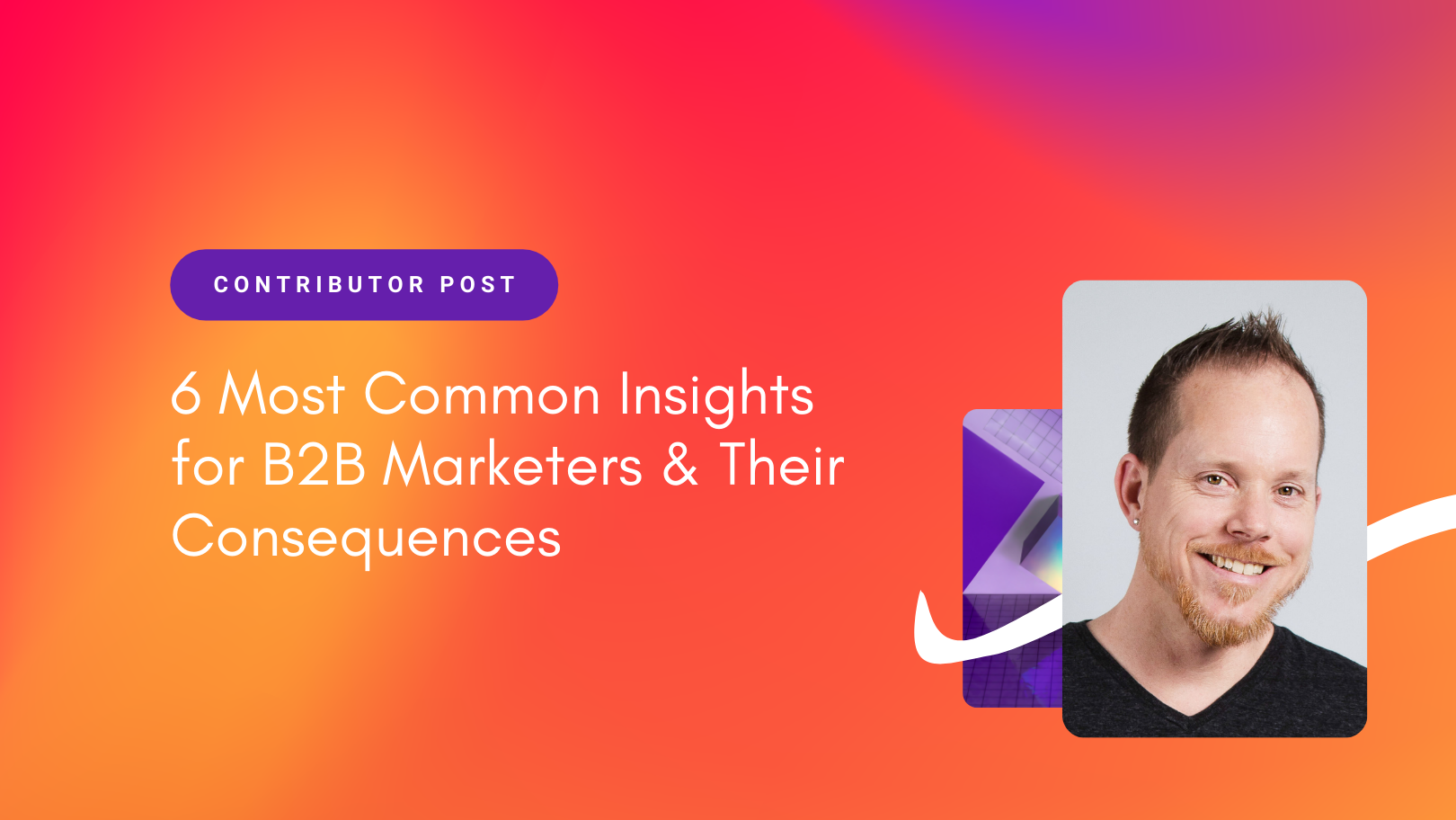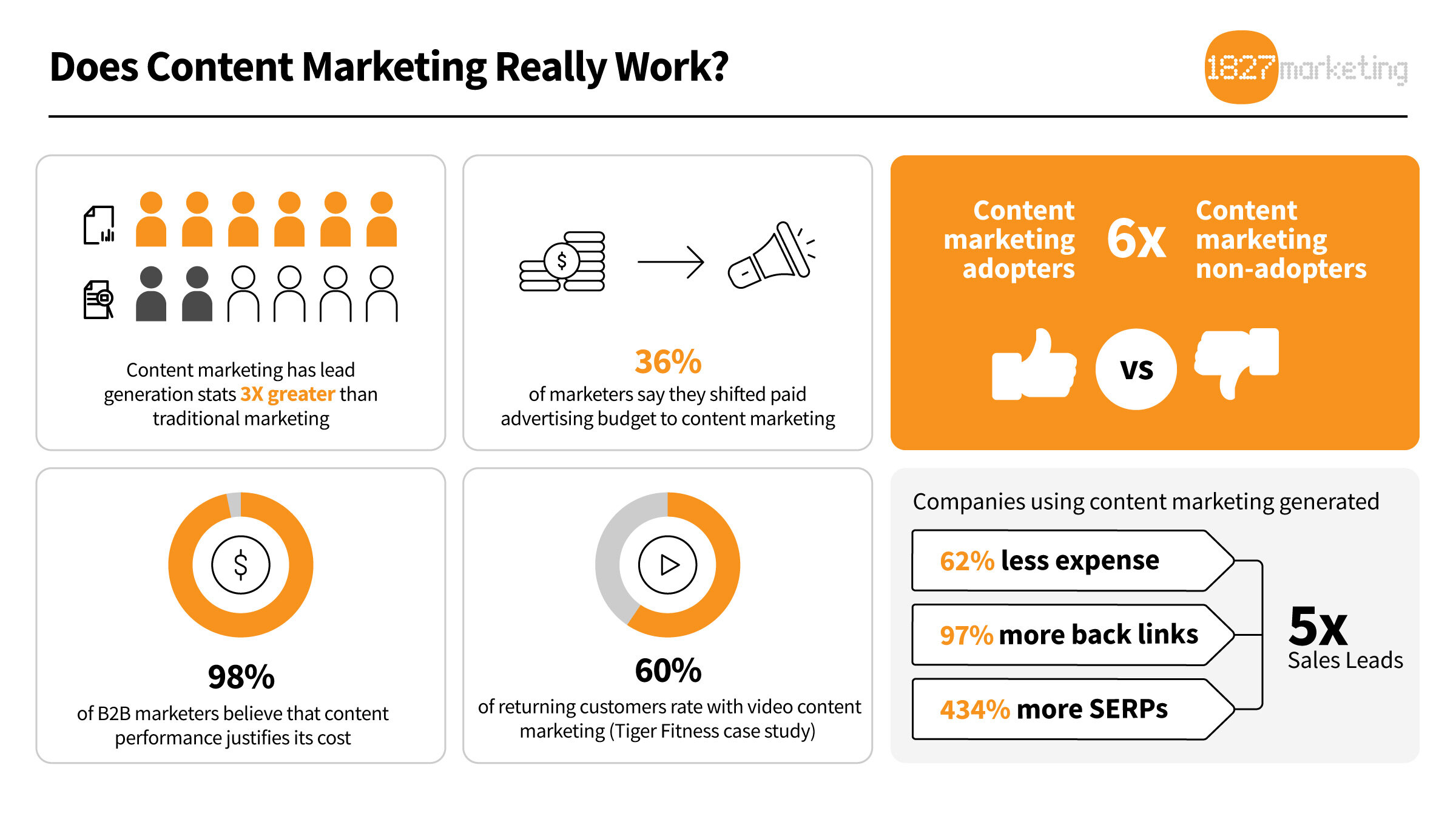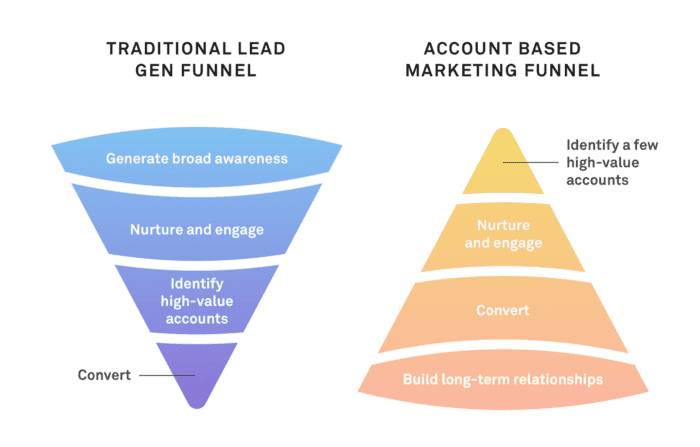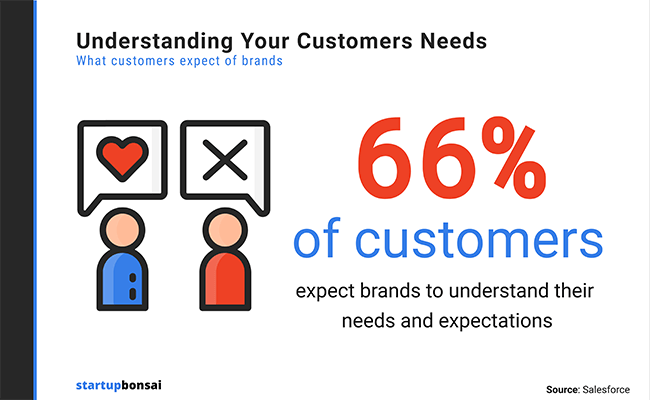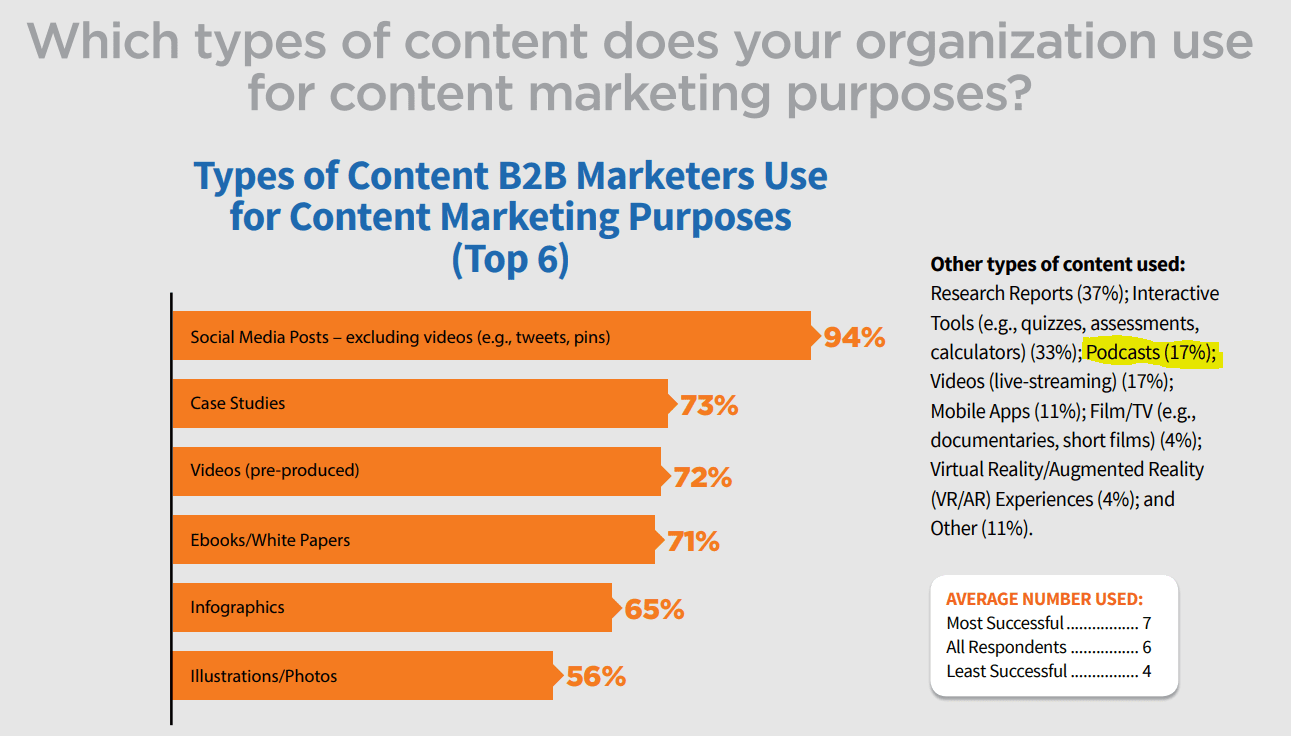Most B2B marketers have a pretty good sense of what they’re doing. They understand their target audience — they know how to use social media and digital advertising, and they can spot a false fact from a mile away.
However, there’s one area where most B2B marketers fall short: insights. Insights are your secret weapon for making strategic marketing decisions that generate the most value for your business. Get insights from the market or your peers to find customer behaviors, predict industry trends, and create content that resonates with buyers.
But here’s the thing — you can’t just read this blog post and suddenly become an insights expert. You must learn to collect insights, identify trends, and immediately implement them when designing your marketing efforts. And, of course, trends are constantly in flux, so this is easier said than done.
In this post, we’ll review what B2B marketers know and how you can use that to your advantage. You’ll be able to get more qualified leads and build customer loyalty.
Let’s dive in.
1. Content Marketing Works
Let’s be honest: you know, content marketing works. You’ve seen your competitors crush it with top-notch blogs and thought pieces. You’ve watched in awe as they introduce new products or services, then quickly follow up with relevant content that positions their offerings as the obvious choice. If you’re like most B2B marketers, you’re thinking to yourself, “I want some of that!”
Why aren’t you doing more with content marketing? There are two main reasons: lack of time or resources and a lack of knowledge around how to create great content from scratch. Neither is an excuse for ignoring this powerful lead generation strategy that can 5x your sales leads.
The reality is that content plays an important role in all marketing strategies. B2B marketing is no different. You need to create content that’s relevant and valuable to your audience through blogs, white papers, eBooks, or even videos.
Content marketing establishes trust by giving prospects answers and solutions related to your business. Content also helps fill in potential customers with your offerings so they can make an informed decision before getting buy-in from decision makers.
In fact, 80% of business decision-makers prefer to get information from articles than advertisements. Knowing this, you should be putting at least as much effort into your content marketing strategy as into your traditional advertising strategy (if not more).
Keep your focus on creating nurturing content for your audience. But why stop there?
Optimize your content for each platform, whether it is for a specific social media channel or a blog page. For instance, when creating a blog post, it needs to be keyword-rich, include an adequate SEO meta description, and proper internal linking for it to perform well in search engine rankings.
Consistent content curation that provides valuable information to readers is the icing on the cake. But adding some SEO strategies is the cherry on top to drive organic traffic to your website and score more leads.
2. Account-Based Marketing Helps Generate Better Leads
Account-based marketing (ABM) is a strategy that focuses on specific accounts. It makes your marketing and sales resources more effective by finding the best prospects for your business and matching them with an account manager.
The benefits? ABM can help generate higher-quality leads by focusing on fewer people at a time instead of casting too wide a net and wasting time trying to qualify low-quality leads.
ABM uses data analytics to gain a competitive advantage over other companies vying for attention from the same accounts. This means making sure your company has the necessary information available in your CRM system before embarking on an ABM campaign:
- Names of the decision-makers across multiple departments
- Job titles
- Day-to-day responsibilities
- How often do they communicate with certain parties (both internal and external)
A recent account-based marketing study shows that companies that deploy ABM early on can reap greater rewards. Companies record a 171% increase in annual contract value after deploying ABM.
Being an early adopter pays off in dividends. Give ABM a try and land a higher customer LTV.
3. Personalized Content is in High Demand & Drives Engagement
Personalized content is one of the most effective ways to drive engagement.
Using customer data, you can create personalized content that speaks directly to your target audience’s needs and interests. Use personalized content in a variety of ways:
- Improve user experience with personalized product recommendations and relevant blog posts
- Personalize emails based on recipients’ past purchases, interests, and behaviors
- Tailor landing pages for different audiences by collecting information about site visitors when they first arrive
- Leverage Instagram analytics to better understand your audience and create content that aligns with their wants and needs
4. Email Marketing Provides the Best Return on Investment (ROI)
Email marketing is the most effective way to generate leads for your business. And for a good reason — it’s one of the most cost-effective ways to do so, too. The return on investment for email marketing is impressive — $36 for every $1 spent.
Email marketing also provides you with several benefits that other types of lead generation don’t offer:
- You can target specific groups based on their interests and preferences, which means you aren’t wasting time or money sending out messages that don’t apply.
- It allows you to build relationships with potential customers over time through repeated contact, which builds trust and familiarity with your brand.
- Use it as a standalone channel or integrated into other efforts, such as social media and content marketing.
Email marketing works. Did you know that 93% of B2B marketers use email? Are you one of them? If not, don’t get left behind.
Start using email today to generate leads, increase engagement, and convert leads into customers. With the low cost and high ROI, email marketing is a must-have tool in your marketing arsenal.
5. Podcasts are a Great Way to Reach B2B Audiences
Podcasts are a great way to reach B2B audiences because they allow marketers to connect with prospects and customers more personally than traditional forms of advertising.
Podcasts only make up 17% of a B2B content marketing strategy. They are an underused form of marketing that can drive serious results. Marketing Charts says, “Podcasts that provide real business value could be the right content to earn time and attention from busy decision makers.”
Podcasts allow you to provide information that isn’t available anywhere else on the internet. You can make your brand stand out by creating content that can only be found on your podcast episode. This will show that you have more expertise and knowledge about specific topics than other brands in your industry, making business owners more likely to purchase products or services from you.
Use podcasts to stand out from the masses. Jump at this opportunity to increase brand awareness and establish credibility in your niche. This is an excellent opportunity to take a market insight, run with it, and become a first adopter for optimal results.
6. Designing For User Experience Improves Conversion Rates for B2B Sites
Digital marketing doesn’t work without a well-designed and engaging website, especially when 80% of B2B buyers visit a website before making a purchase.
Websites are an easy way for people who can influence the sales process (such as gatekeepers and decision makers) to learn about your product or service.
At this point, it’s clear that user experience is a critical component of the success of a B2B marketing strategy.
User experience (UX) is the sum of all user interactions with your brand. Think of it as the overall feel of a site. Focusing on these several key UX areas for the best results:
- Navigation: If users can’t find what they need on your site, it doesn’t matter how many bells and whistles you have. A good navigation structure will help them navigate easily through your content.
- Visual Hierarchy: The visual hierarchy creates consistency throughout each page, from font type to images and call-to-action. This helps users know what to click or read next without extra distractions.
- User Flow & Testing: Creating a seamless user flow is essential for B2B sites because business people are often in a hurry — they want all information at once, and they want it quickly. You may want to think about what order someone should click through before making any purchase decisions by conducting usability tests with real prospects.
Wrapping Up
We hope these insights have given you some ideas to put into practice. Whether you’re a seasoned professional or someone just getting started, there’s always more to learn about the world of B2B marketing.
Keep up with the latest trends and technological advances so that you can stay ahead of your competitors and continue growing your business.
About the author
Shane Barker

Shane Barker is a digital marketing consultant who specializes in influencer marketing, content marketing, and SEO. He is also the co-founder and CEO of Content Solutions, a digital marketing agency. He has consulted with Fortune 500 companies, influencers with digital products, and a number of A-List celebrities.
